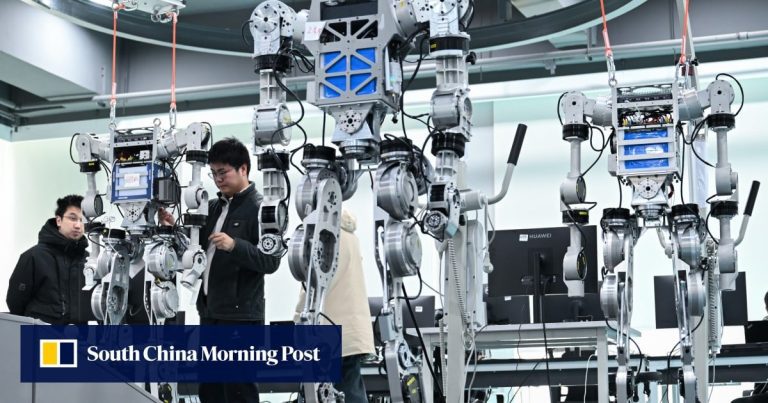A large -scale empirical study of the University of the Chinese Academy of Sciences (UCAS) questioned the rooted hypotheses, showing that during the recent increase in scientific breakthroughs, the research organized and focused on the state was much more impactful than the exploration focused on curiosity.
The analysis of more than 87,000 articles published by 185 national key laboratories revealed that projects aligned on national strategic objectives – supported by interdisciplinary collaboration, resource concentration and mission teams – were much more likely to produce high impact breakthroughs.
The projects arising from free exploration – despite its famous role in promoting fortuitous discoveries – have shown no statistically significant correlation with major progress within large -scale teams, according to UCAS. The divergence, supports the study, stems from systemic advantages: centralized executives effectively mobilize talents, financing and infrastructure to meet complex challenges, as illustrated by Chinese lunar probes, quantum satellites and infrastructure megaprojects.
While the nations are faced with the balance between agility and the scale in the innovation policy, the hybrid model of China – exploiting downward coordination while cautiously nigging exploratory niches – offers a provocative model at the time of “great science”.
The survey of state laboratories data included 108 laboratories affiliated with universities and research institutes, and 77 affiliates to companies. National laboratories are a critical force in the scientific research landscape in China.
“These laboratories have in fact an advantage in carrying out high -level design research projects due to advantages such as the pooling of effective resources and interdisciplinary teams,” said Tang Chaoying, principal study and professor at UCAS, in an interview on March 21.


